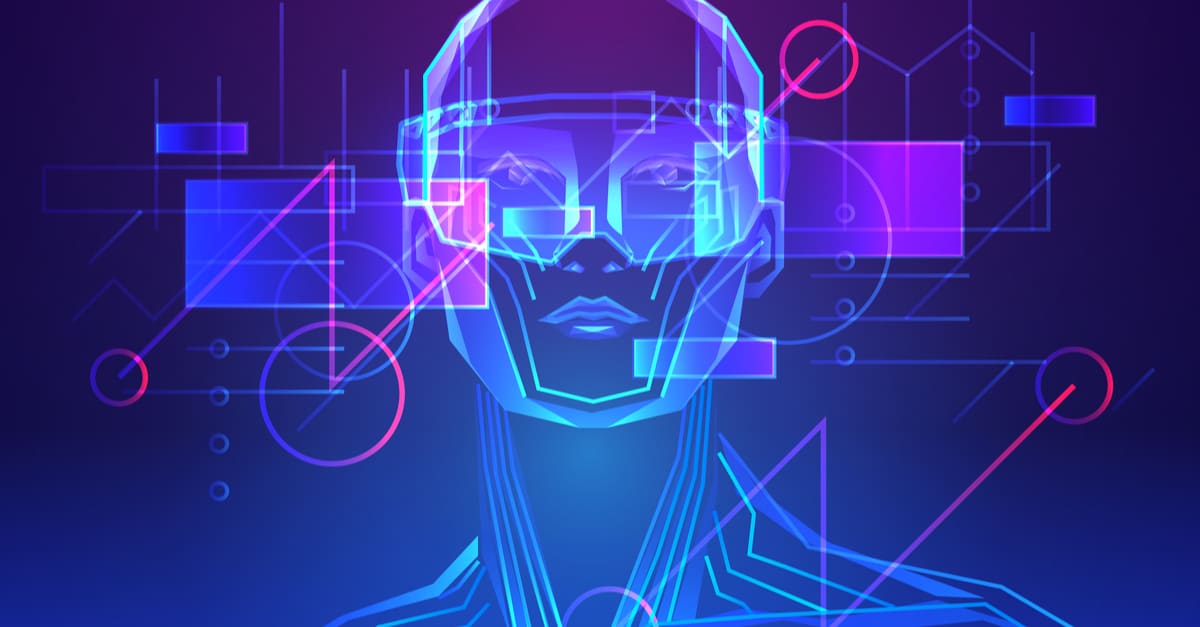Send us your CV
To quickly send us your details, please fill in the form below.

The future of technology and data goes hand in hand. Whilst we have countless tools to help us get the most out of the data we produce today. What can we use to get even more tomorrow?
VR and AR: What's the difference?
VR (Virtual Reality) is a term that is most associated with gaming and perhaps to a lesser degree in education.
AR (Augmented Reality) may unknowingly be used day to day by millions of users (although in its simple form) on popular platforms such as Instagram, Snapchat, Facebook through the use of filters and lenses, while specialized technology such as that found in a high-end iPhone with its LIDAR sensor can take measurements in 3D and then “augment” reality in real time.
While VR places you within the virtual world, AR is used to alter the way we view our real world.
The visualisation challenge
Data visualisation is the most intuitive way to present raw data to decision makers so that they can make highly accurate calls to promote visible growth of the company. While it may not require the substantial technical skills needed for the other aspects of data analytics such as data modelling using ML algorithms, or efficiently cleaning/preparing big data, it is one of the most challenging to get right.
With pictures being worth a thousand words, colour, size, text and shape are important factors that need to be thought about carefully regarding how viewers extract information needed and the story that is being effortlessly told by the data within a few seconds. This aspect could very well be the difference between success or failure, as drawing the wrong conclusions from the visualized data will likely lead to the opposite of the desired outcome. Therefore, in the modern age, companies heavily invest in not just finding good data analysts, but also ensuring that their style of representing the data will work symbiotically with the decision makers.
Why VR and AR could change the way we analyse data
For a long time, bar, pie and scatter plots have been the way to go when visualizing data, and while they’re still very useful, the data we gather and analyse in the world today has many complexities that can’t be fully understood using just traditional methods. It is often very difficult, bordering on impossible to see the intersections of multivariate data in 2D as they typically only contain two or three metrics, so methods such as plot matrices are created which can overwhelm and obfuscate patterns in the data.
However, with AR/VR we could interact with and view multiple different visualizations in three-dimensional space, place the representations of the data wherever it is needed, and interact with it in real time. For example, decision makers trying to understand the direction to take their next products, with AR it would be possible to line up all the physical products and then assign the representing data so that when the specific products are selected, the related data is shown. It can also make collaboration much simpler as many different teams can access and interact with data across different locations at the same time.
While this technology is still in its infancy, there are quickly emerging companies creating software that can harness AR/VR into data. Although this technology will still pose the same challenges in regard to creating easily understood data visuals, the numerous possibilities that can be formulated to make more accurate, reliable, and useful conclusions from the vast amount of data, means that this technology is worth investing in.